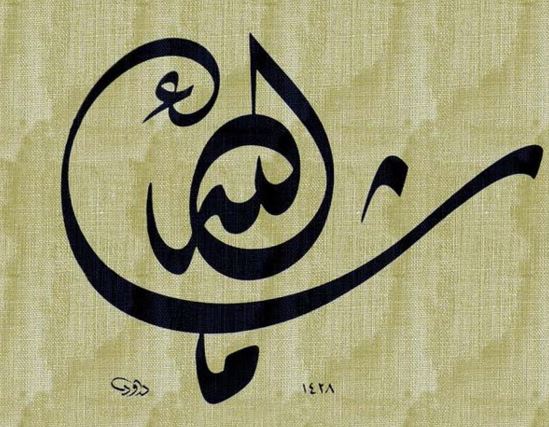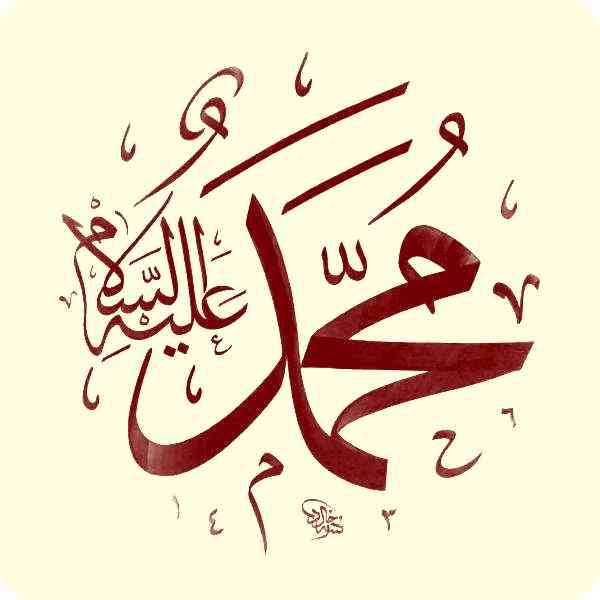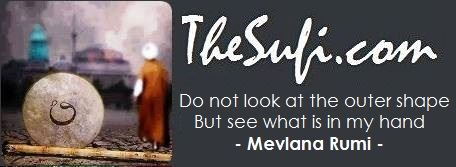8 Reasons why Islamic Calligraphy remains timeless
8 Reasons why Islamic Calligraphy remains timeless
Islamic calligraphy is celebrated for its timeless beauty, diversity, and spiritual significance, which has led it to be present in various forms across the world. Its uniqueness lies in the seamless blending of art and religious expression, making it not only visually appealing but also deeply meaningful to millions of Muslims worldwide. Several reasons contribute to the beauty and widespread presence of Islamic calligraphy:
1. Divine Inspiration: Islamic calligraphy is deeply rooted in the Quran, the holy book of Islam, and Hadith (sayings of the Prophet Muhammad). Writing verses from the Quran and names of Allah and Muhammad in calligraphy is considered an act of devotion and reverence, infusing the art with divine inspiration.

2. Spiritual Symbolism: Calligraphy is regarded as an expression of the divine word, making it a significant form of Islamic art. The elaborate and flowing lines in various calligraphy styles symbolize the flowing nature of spirituality and the connection between the earthly and the divine.
3. Aesthetic Elegance: Islamic calligraphy’s intricate patterns, symmetrical designs, and fluidity create a sense of harmony and beauty that appeals to both Muslims and non-Muslims alike. The art form’s disciplined and meticulous execution showcases the artist’s skill and dedication.

4. Regional Variations: Islamic calligraphy has evolved and taken on diverse forms across different regions, reflecting the rich cultural heritage of each area. Styles such as Thuluth, Naskh, Diwani, and Kufic are just a few examples of the many calligraphic styles that exist.
5. Unifying Element: As Islam spread across the globe, calligraphy became a unifying element among Muslims from various cultures. The use of calligraphy in mosques helps create a shared sense of identity and spirituality, regardless of linguistic or cultural differences.
6. Architectural Integration: Mosques are architectural masterpieces in themselves, and the incorporation of calligraphy into their design further enhances their beauty. Calligraphy is often inscribed on walls, domes, arches, and other elements of mosque architecture, transforming them into visual marvels.
7. Educational and Meditative Value: Creating Islamic calligraphy requires patience, concentration, and skill, which can be seen as a form of meditation for the calligrapher. Moreover, calligraphy often serves as an educational tool, helping people learn and memorize Quranic verses and Hadith.
8. Artistic Expression: While Islamic calligraphy serves religious and spiritual purposes, it is also celebrated as an art form in its own right. It has inspired countless artists worldwide, leading to a vibrant community of calligraphers who continue to innovate and preserve the tradition.
In summary, Islamic calligraphy’s enduring beauty, its diverse regional expressions, and its widespread presence in mosques across the world can be attributed to its spiritual significance, aesthetic elegance, and its ability to serve as a unifying force for Muslims globally. Its intricate and captivating designs are a testament to the enduring power of art as a means of expressing faith and devotion.



